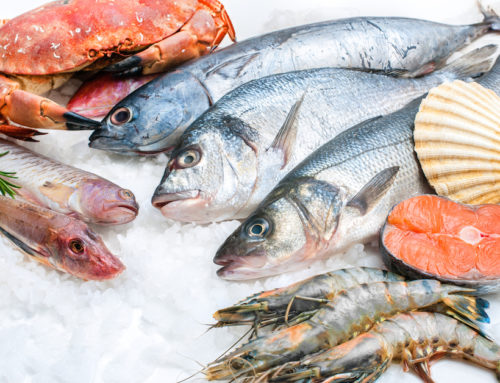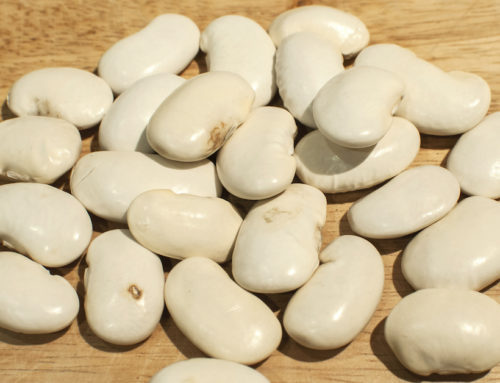In Issue #583 I warned about the brain dangers of BMAA, a toxin produced by cyanobacteria. These are very common microbes found in algae blooms in lakes and oceanic red tides – and recently linked to Alzheimer’s disease and other neurological illnesses.
These are early days – more research is needed – but there’s reason to fear that merely breathing in the spores from these growths in oceans and lakes can affect your brain. And now they’ve found that certain types of seafood may contain BMAA, too — and lead to brain trouble.
Here’s what’s been learned so far. . .
BMAA stands for Beta-N-methylamino-L-alanine. It’s a poison that can cause severe problems in the brain’s neurons and other parts of the nervous system.
When scientists at the University of Miami analyzed the chemicals in the muscles and fins of ten different kinds of sharks, they found high concentrations of BMAA right along with mercury – another toxin that endangers your brain and was already known to be in high concentrations among predator fish.1
The researchers warn that both mercury and BMAA pose health risks – and when consumed together, the chances of ill effects multiply.
“Since sharks are predators, living higher up in the food web, their tissues tend to accumulate and concentrate toxins, which may not only pose a threat to shark health, but also put human consumers of shark parts at a health risk,” warns researcher Neil Hammerschlag,
This Asian Delicacy May be a Bad Idea
Many people, especially in Asia, are avid eaters of shark products including fins, meat and cartilage. All of these, as well as supplements containing shark cartilage, contain BMAA in troubling amounts. At one time, shark cartilage was a very popular alternative cancer treatment.
“Our (study) results suggest that humans who consume shark parts may be at a risk for developing neurological diseases,” says researcher Deborah Mash.
Another troubling aspect of the BMAA story is the fact that it may be causing a form of Alzheimer’s disease in dolphins and other aquatic wildlife.
An international team of researchers, that includes scientists from the University of Miami, has discovered that dolphins found stranded on the beaches of Massachusetts and Florida have high levels of BMAA along with amyloid plaques in their brains – the same type of tangles of harmful proteins usually found in the brains of people suffering Alzheimer’s disease.2
The Dolphins’ Problems are a Warning
“Dolphins are an excellent sentinel species for toxic exposures in the marine environment,” says Dr. Mash. “With increasing frequency and duration of cyanobacterial blooms in coastal waters, dolphins might provide early warning of toxic exposures that could impact human health.”
Researchers speculate, but haven’t proven, that many of the mysterious beachings of whales and dolphins may be linked to this type of brain injury.
Meanwhile, in Sweden, researchers analyzing seafood sold in Stockholm and other cities have found evidence that BMAA may occur in a wide variety of seafood.3
“We detected BMAA in blue mussel, oyster, shrimp, plaice, char and herring but not in salmon, cod, perch and crayfish,” says researcher Liying Jiang.
Dr. Jiang explains that BMAA is an amino acid – but one that’s emphatically NOT our friend. In the body, when a cell mistakenly uses it to create its own proteins, the BMAA warps the shape of the finished product. And when that warp distorts the function of the newly synthesized proteins it leads to neurodegenerative diseases like Alzheimer’s and amyotrophic lateral sclerosis (Lou Gehrig’s disease).
Now, I’m not telling you to ditch all seafood. But it seems like it might be a good idea to mostly stick to items like wild-caught salmon and cod that the Swedish researchers found were clear of BMAA.
And you should probably be wary of fish caught in local lakes and rivers that might contain BMAA. Plus, a review study done in France suggests that the most problematic seafood containing BMAA are shellfish like oysters, clams, mussels and scallops.4
As more comes out about this potential danger, I’ll bring the information to you as soon as I can.







